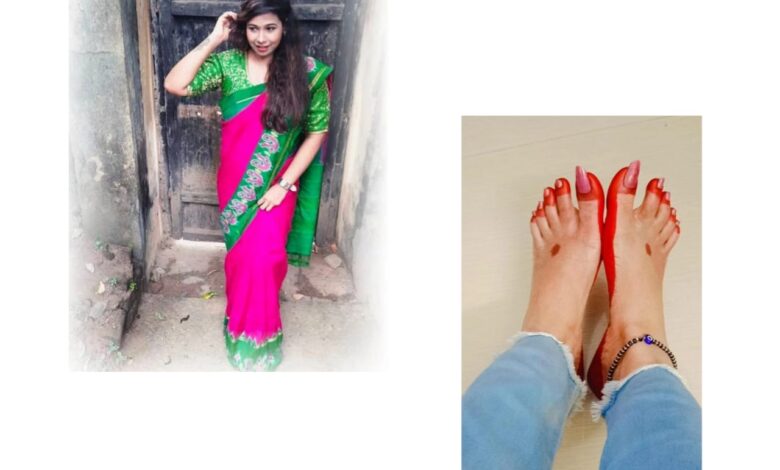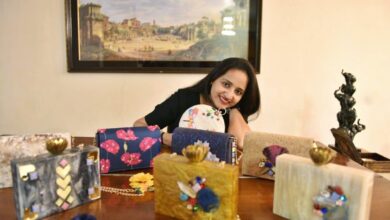
The state of Odisha in eastern India is renowned for its rich cultural heritage and vibrant festivals. Historically known as Kalinga, Odisha has been a significant cultural hub since ancient times. Among its many celebrations, the Raja festival, or Raja Parba, stands out for its unique acknowledgment of womanhood and menstruation. This three-day festival, observed in mid-June, coincides with the arrival of the monsoon and honors the fertility of both women and the earth.
Raja, pronounced “raw-jaw,” derives from the Sanskrit word ‘rajas,’ meaning menstruation, and a menstruating woman is called ‘rajasvala.’ In medieval times, the festival gained prominence as an agricultural holiday dedicated to Bhumi, the earth goddess, who is venerated as the consort of Jagannath, a regional form of Vishnu. A silver murti (idol) of Bhumi is present in the Puri Temple alongside Jagannath, reflecting her importance in this festival.
The Raja festival symbolizes the earth’s readiness for agricultural activities following the first monsoon rains. Just as the earth is fertile and ready to produce crops, the festival celebrates the fertility of women, acknowledging their essential roles in society and family. The preparatory day before the festival begins is known as “Sajabaja.”
The Raja festival spans three days, each with its distinct name and customs, and culminates with a fourth day marking the end of the celebrations.
Day 1: Pahili Raja: The first day marks the onset of the festival. It is a time for preparation, including cleaning and decorating homes. On this day, women rise before dawn, do their hair, anoint their bodies with turmeric paste and oil, and take a purificatory bath in a river or tank. This ritual signifies purification and rejuvenation. After the first day’s bath, bathing for the remaining two days is prohibited. Traditional games and activities commence, and swings are set up, decorated with flowers and leaves. Women also abstain from daily chores such as grinding, cooking, and tearing, symbolizing a pause during menstruation.
Day 2: Mithuna Sankranti: The second day is considered the most significant, coinciding with the beginning of the solar month of Mithuna and the first day of the Ashadha month in the traditional Odia calendar. Women dress in new clothes, apply alata (a red dye) on their feet, and adorn themselves with traditional jewelry. Swings, or ‘Doli,’ are central to the festivities, with women and girls joyfully swinging while singing folk songs. Special Pithas (rice cakes) and other traditional delicacies are prepared and enjoyed, emphasizing the festival’s connection to fertility and prosperity.
Day 3: Basi Raja: The third day, known as the ‘day of rest,’ continues the celebration but with an emphasis on rest and rejuvenation. The earth is believed to be resting, akin to a woman during her menstrual cycle. Women are seen in their best attire but refrain from walking barefoot, scratching the earth, or engaging in strenuous activities. Traditional games, folk dances, and community feasts mark the day, highlighting Odisha’s rich cultural heritage. It’s a time for visiting friends and relatives, sharing food, and strengthening community bonds.
Day 4: Vasumati Snana: The fourth day, Vasumati Snana, concludes the festival. This day is dedicated to the ceremonial bath of Bhudevi (Earth Goddess). Women bathe the grinding stone, symbolizing Bhudevi, with turmeric paste and vermilion and offer prayers for fertility and prosperity. This ritual signifies the end of the earth’s menstruation period and her readiness for cultivation.
The Raja festival is more than just a celebration; it is a profound recognition of life, nature, and womanhood. It fosters a sense of community, where people from all walks of life come together to honor tradition and enjoy the monsoon’s arrival. Despite urbanization altering some aspects of the festival, the essence of Raja remains intact. In cities and towns across Odisha, swings are still set up in parks and homes, women dress in their finest, and families prepare traditional foods. Social media and television have expanded the festival’s reach, ensuring that the younger generation remains connected to their cultural roots.
In recent years, Raja has also served as a platform to address menstrual health and hygiene. Awareness campaigns and educational programs are conducted to dispel myths and taboos associated with menstruation. This modern twist adds a layer of social relevance to the ancient festival, bridging tradition with contemporary issues. Festivals in Odisha are not merely events but are integral to the social and cultural fabric, preserving age-old traditions for future generations.







